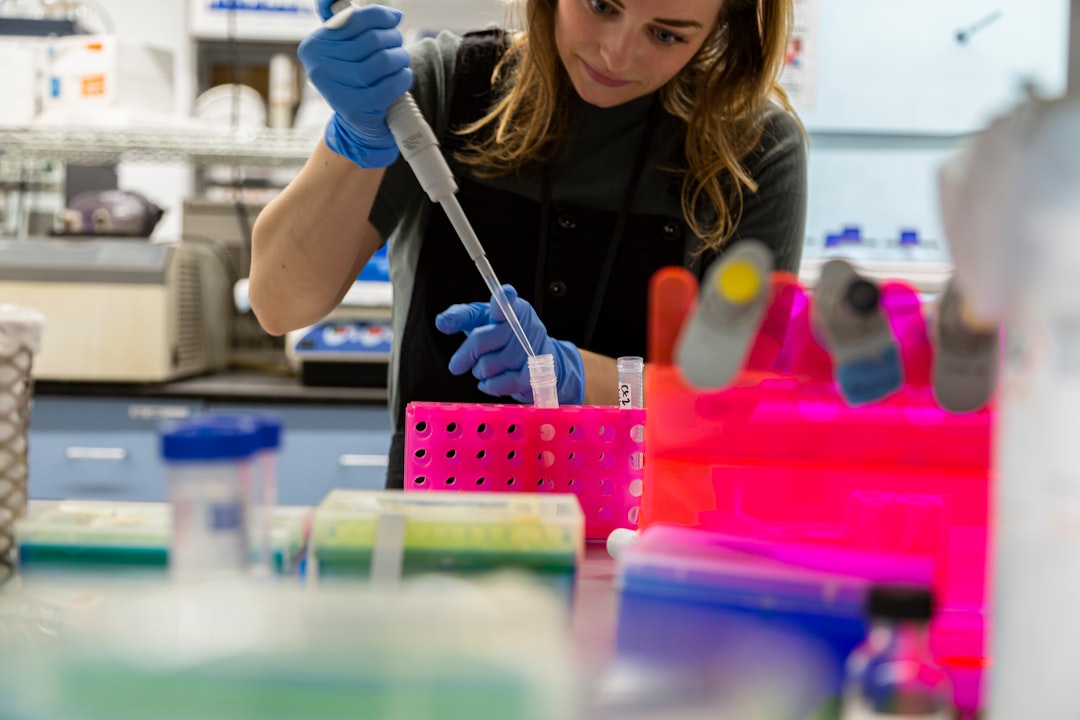Understanding CRISPR: Basics of Gene Editing

Introduction
CRISPR, an acronym for "Clustered Regularly Interspaced Short Palindromic Repeats," is a groundbreaking technology that has revolutionized the field of genetic engineering. This tool allows scientists to edit genes with unprecedented precision, efficiency, and flexibility. Since its development, CRISPR has opened new possibilities in medicine, agriculture, and biology, making it one of the most significant scientific advancements of the 21st century.
Key Points
- Mechanism: CRISPR technology utilizes a natural defense mechanism found in bacteria. It involves a guide RNA (gRNA) that matches the DNA sequence to be edited and an enzyme, usually Cas9, which acts as molecular scissors to cut the DNA at the specified location.
- Precision: The specificity of CRISPR is one of its most remarkable features. By designing a gRNA that corresponds to a particular DNA sequence, scientists can target and modify genes with high accuracy.
- Applications: CRISPR is used in various fields, including medicine, where it holds potential for treating genetic disorders, and agriculture, where it can create crops with desirable traits such as drought resistance.
- Ethical Considerations: The ability to edit genes raises ethical questions, particularly concerning human germline editing, which could have heritable effects.
Trends Shaping the Topic
CRISPR technology continues to evolve, with several trends influencing its development: - Advancements in Delivery Methods: Researchers are developing more efficient ways to deliver CRISPR components into cells, enhancing its effectiveness and reducing off-target effects. - Base Editing: This new CRISPR-based technique allows for precise changes to individual DNA bases without cutting the DNA strand, reducing the risk of unintended mutations. - Regulatory Landscape: As CRISPR applications expand, regulatory frameworks are being developed to ensure safe and ethical use, particularly in human applications. - Public Perception and Acceptance: The public's understanding and acceptance of CRISPR technology will play a crucial role in its adoption, especially in controversial areas like human genetic modification.
Implications for US Readers
For US readers, CRISPR technology presents both opportunities and challenges: - Healthcare: CRISPR could lead to breakthroughs in treating genetic diseases such as cystic fibrosis and sickle cell anemia, potentially reducing healthcare costs and improving quality of life. - Agriculture: The US agricultural sector could benefit from CRISPR by developing crops that are more resilient to climate change, pests, and diseases, thereby ensuring food security. - Ethical and Legal Issues: As CRISPR technology advances, US policymakers and the public will need to address ethical and legal questions, particularly concerning human gene editing and intellectual property rights.
US Examples & Data
- Medical Research: The National Institutes of Health (NIH) is funding numerous studies exploring CRISPR's potential in treating genetic disorders. For example, clinical trials are underway to assess CRISPR's effectiveness in treating sickle cell disease.
- Agricultural Innovation: The US Department of Agriculture (USDA) supports research into CRISPR-modified crops, such as those resistant to pests and environmental stresses.
- Public Opinion: According to a Pew Research Center survey, Americans are divided on the use of gene editing, with concerns about its ethical implications and potential misuse.
Why It Matters
CRISPR matters because it represents a paradigm shift in our ability to manipulate the genetic code. Its potential to cure genetic diseases, enhance agricultural productivity, and contribute to scientific knowledge is immense. However, with great power comes great responsibility. The ethical, legal, and social implications of CRISPR must be carefully considered to ensure that its benefits are realized without compromising ethical standards.
Sources
- National Institutes of Health (NIH) on CRISPR
- US Department of Agriculture (USDA) on CRISPR in Agriculture
- Pew Research Center on Public Opinion of Gene Editing
- National Human Genome Research Institute on Ethical Issues in CRISPR
Related Topics
- Gene Therapy
- Biotechnology in Agriculture
- Ethical Issues in Genetic Engineering
- Advances in Genomic Medicine
- Regulatory Policies for Genetic Technologies
Up Next





